Water resources
-
Onesmo Zakaria Sigalla
-
20 November 2025
9
3
Profitability Analysis of Paddy Farming Systems in Wetland Areas: An Additional Layer to Curing Maladaptation
DOI:
https://doi.org/10.56542/w.jwempo.v2.i2.a2.2025
Download / view PDF
Keywords:
Agriculture Profitability; Adaptation; Irrigation Economics; Paddy Economics; Water Management
Abstract
Agriculture contributes 28.9% of Gross Domestic Product; about USD 1 Billion to total export value and employs about 65% of Tanzanians. Identifying opportunities for enhancing profitability of the sector is paramount to informing choices of sustainable pathways. In the absence of such information, maladaptations are likely to be perpetuated. This paper investigated profitability of paddy farming both rainfed and irrigated systems using participatory rural appraisal approaches. It studied the mechanized and small-holder practices i.e., the conventional transplant and flooding system (CTFS) and system of rice intensification (SRI). Findings demonstrated that; (a) although small-holder farmers use least inputs and technology, harvested an average of 1.33 Tons/Ha more than the mechanized irrigated system under Kilombero Plantations Limited. However, owing to better economies of scale and stable markets, the latter was more profitable (b) increased harvest due to irrigation in small-holder farms is less than 10% of their respective rainfed systems which suggests that rainfed system is more plausible in the case study (c) rainfed SRI harvests 73% more than rainfed CTFS. It is therefore recommended to promote rainfed SRI and grouping farmers at manageable scale to foster a better scale of economy, price negotiation basis and hence better profitability score
